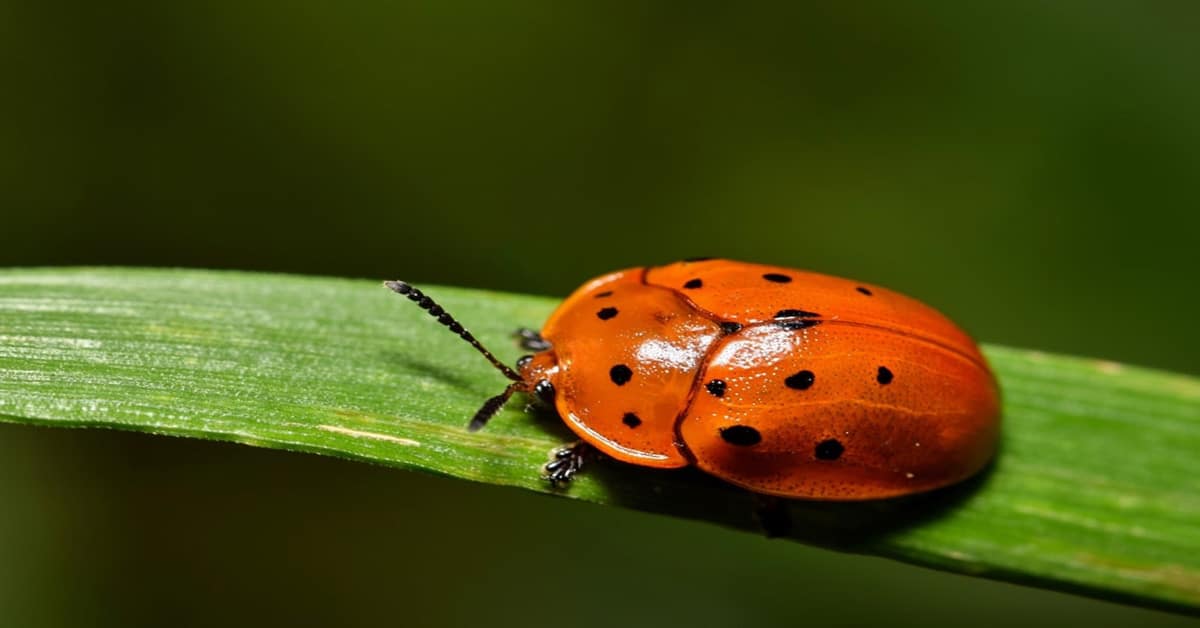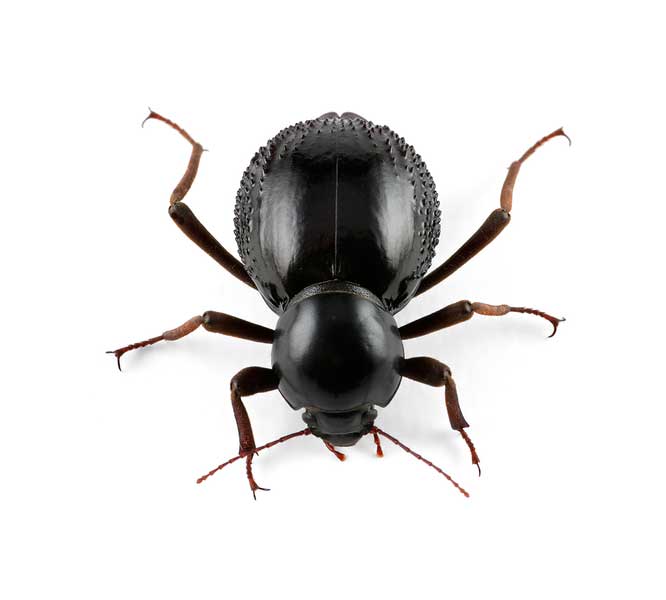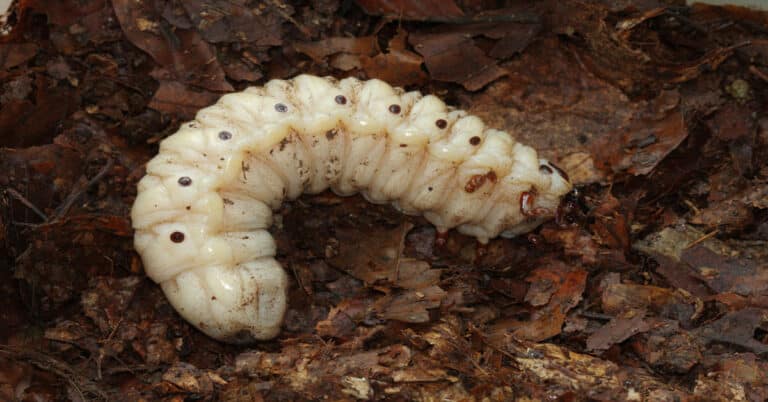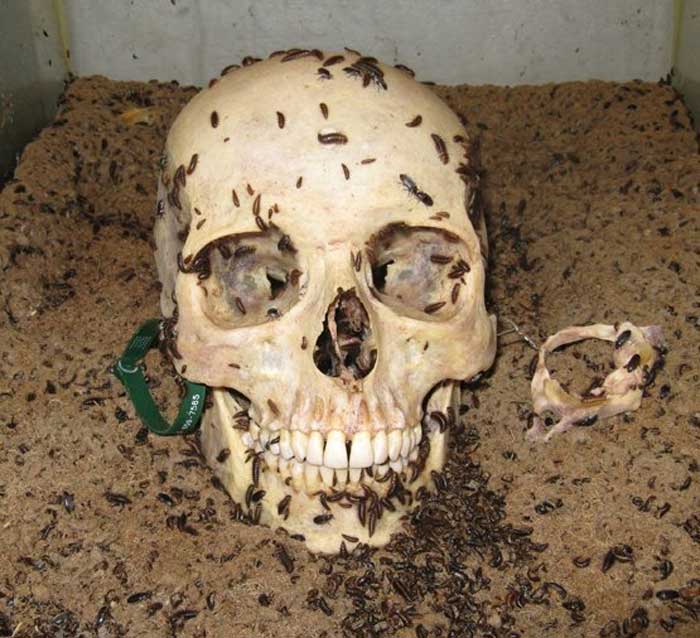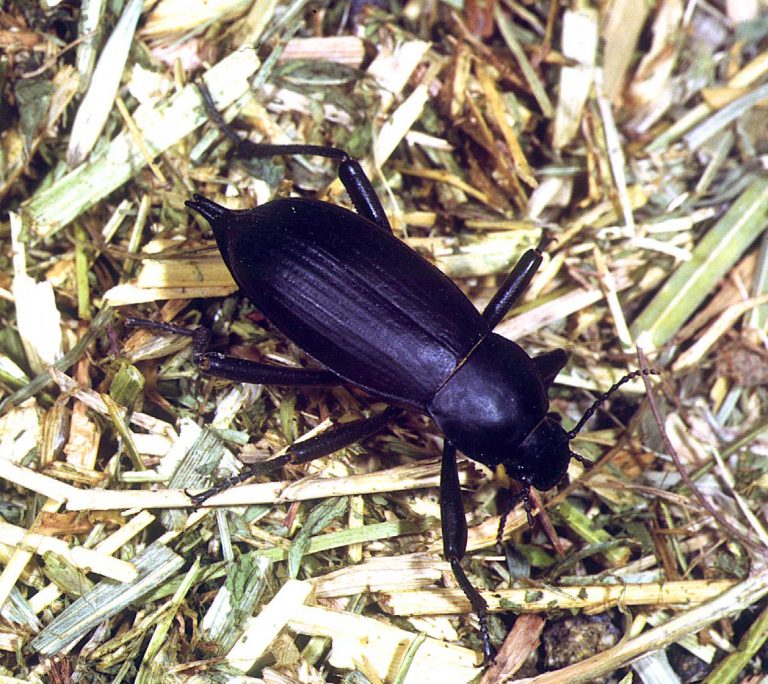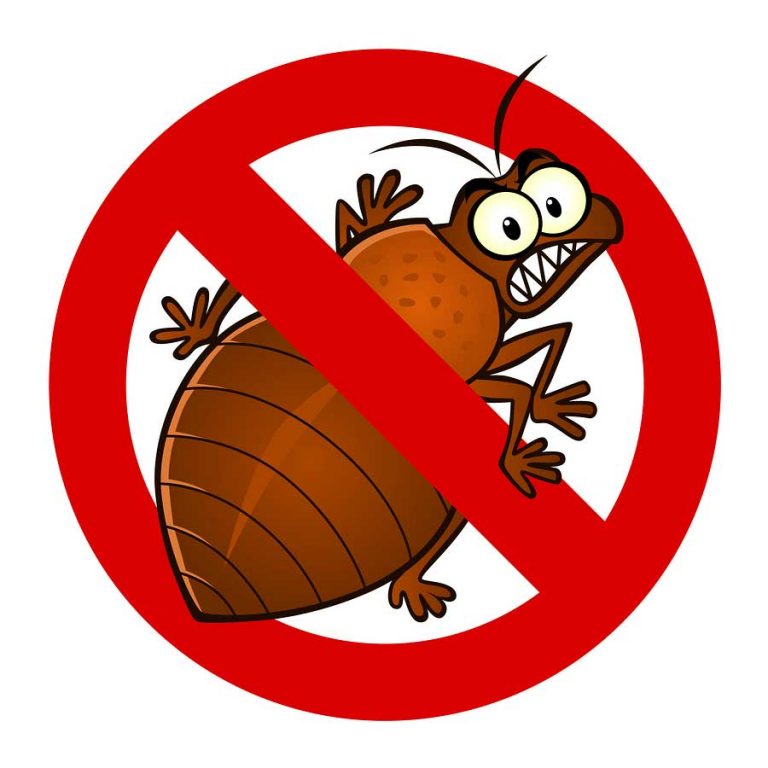Milkweed Tortoise Beetle
Food:
Beetles feed on the foliage of morning glories and related plants. Enjoy milkweed, raspberry, maize, and sweet potato. Also known to feed on the bindweed- a lawn weed.
Larva feeds on foliage, as well. When fully grown, they drop to the ground, burrow in, pupate, and over winter. They emerge as the adult beetle in midsummer.
Damage:
Beetles eat holes in the foliage. Considered a garden pest.
Identify
Oval, convex. Yellow or golden color with transparent edges. Elytra have 12 black spot or no spots. Capturing the Tortoise beetle causing it to change colors. The color is produced by an optical illusion; the outer cuticle is transparent and reflects light through a layer of liquid over the next layer of cuticle. The beetles change color depending on the availability of the liquid layer. In the fall and winter, the beetles become less lustrous and are more orange and bronze with flashes of iridescent color. If you try and collect the beetle for an insect collection, the beetle soon turns dark brown as is dries, loosing the golden color. Stress is also factor. As a defense mechanism the beetles may change color. The larva are yellow to orange in color.
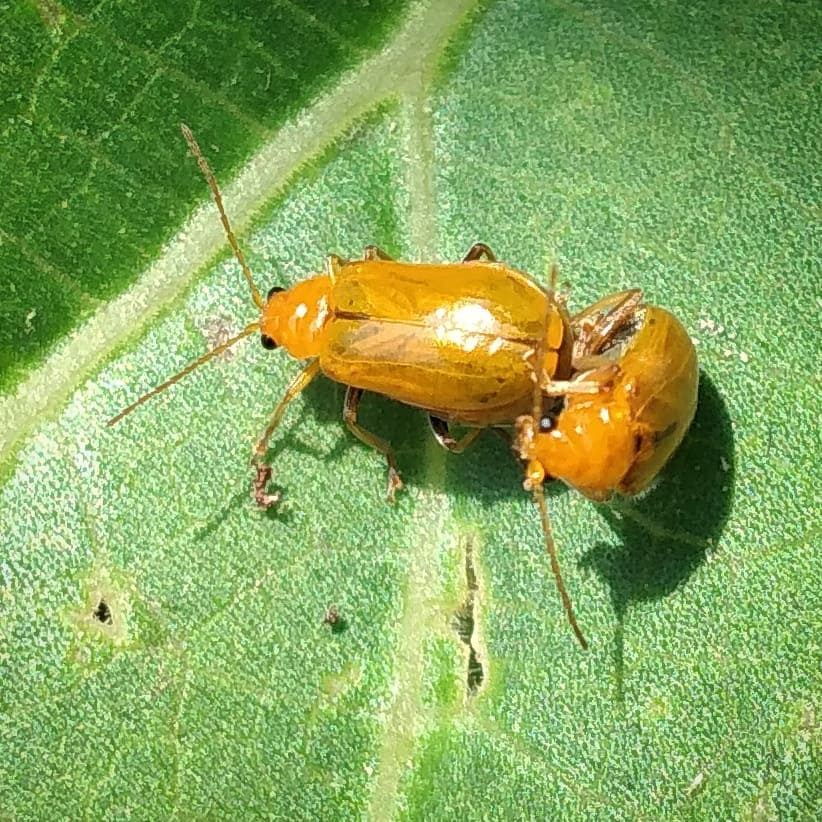
Location
Found throughout North America usually in meadows, grassy areas and gardens.
More information can be found at: Garden Friends and Foes
An article by Tom Murray. Thanks Tom!
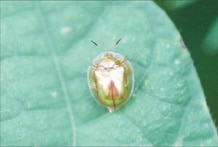
The Clavate Tortoise Beetle
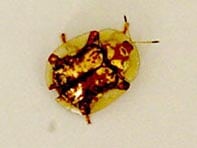
In March of 2003, Ian sent this photo with a request for help in identifying them. These beetles were found INSIDE his house. We accepted the assignment and solved the mystery.
Thanks, Ian!
Damage:
Beetles eat the foliage. Considered a garden pest.
Interesting Characteristic:
The beetle pulls in its antennae when threatened, just like a turtle pulls in its head.
Identify
Almost circular, nearly convex resembling a flat turtle-like shell. Brownish yellow or golden color with transparent edges. Elytra have brown patches.
Location
Found throughout North America, the UK and Eastern Africa usually in meadows, grassy areas and gardens.
Food
Beetles feed on the foliage of morning glories and related plants. Enjoy milkweed, raspberry, maize and sweet potato.
The eggs are deposited on the leaves which the larva eat except for the veins. When full grown, they drop to the ground, burrow in, pupate and over winter. They emerge as the adult beetle in midsummer.

Having discovered a fondness for insects while pursuing her degree in Biology, Randi Jones was quite bugged to know that people usually dismissed these little creatures as “creepy-crawlies”.

